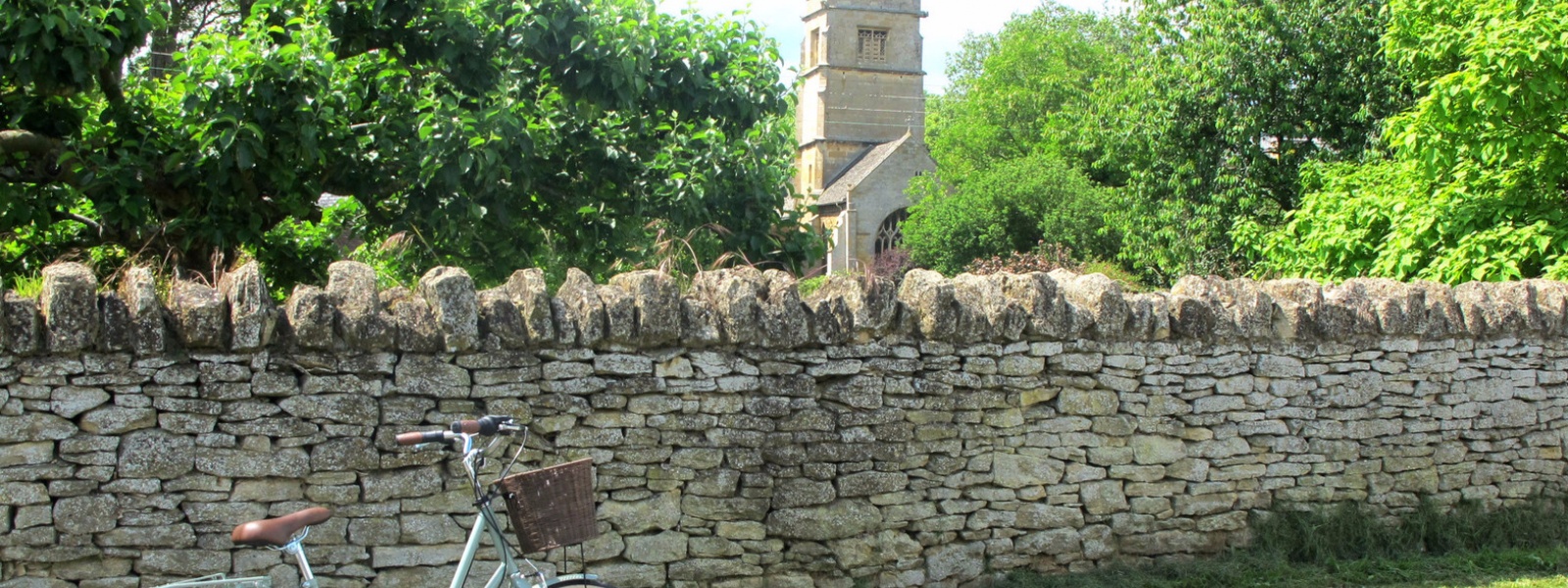
 Black Oat and Vetch Covercrop
Black Oat and Vetch Covercrop
Without glyphosate the termination, or killing, of these crops could prove to be very tricky in our maritime climate. The cover crop can grow rather large and I don't want to have endless passes with toppers or cultivators to kill the cover crops. Doing this is expensive, uses fossil fuel and releases CO2, cultivations mean even more CO2 released from the organic matter held in the soil, as it is exposed to oxygen, it means more tractors on the land, causing compaction where they drive which can lead to poorer water infiltration and therefore soil erosion. So what's an alternative?
With a loan of a crimper roller from Cotswold Grass Seeds (thank you) we had a little play in a large cover crop of black oats, vetch, phacelia and berseem clover.
The idea of the crimper roller is to lay the plants down and squash the stems with metal blades in the hope that this bends or cuts the stems stopping nutrients getting up the stem into the top of the plants, end result being the killing of the cover crop, and any nests or wildlife that gets in the way - but we'll gloss over that for now!

 Crimper Roller
Crimper Roller
We tried the crimper roller on the back of a tractor at first and drove in reverse to make the chevrons point in the right direction but ended up going round in circles! So we unhitched the weights from the front linkage of another tractor and set off across the field at 10kph, with the crimper on the front with a bit more success! The roller weighed in at 620Kg for a 2m machine so about 310kg/m.

 Crimped Covercrop 7 Days Post Crimping
Crimped Covercrop 7 Days Post Crimping
I came back to the plot 7 days later to see if it had actually worked and I am sorry to say that it didn't. The oats seem to still be alive and the vetch, which I though would have been totally animated, were still just about hanging on. The concern for me is we need to find something that works consistently every year and as every season if different. We need to grow significant amounts of green matter and these need killing - somehow.
Maybe we used the wrong machine, maybe at the wrong time for the plants growth stage, or at the wrong speed or it wasn't heavy enough? Maybe we need to graze some of the covers down first to weaken the plants? Maybe it just doesn't work in our climate where we don't always have a frost to follow up and finish off the wounded crop? Who knows and more work needs to be done, but for now I am not impressed.


